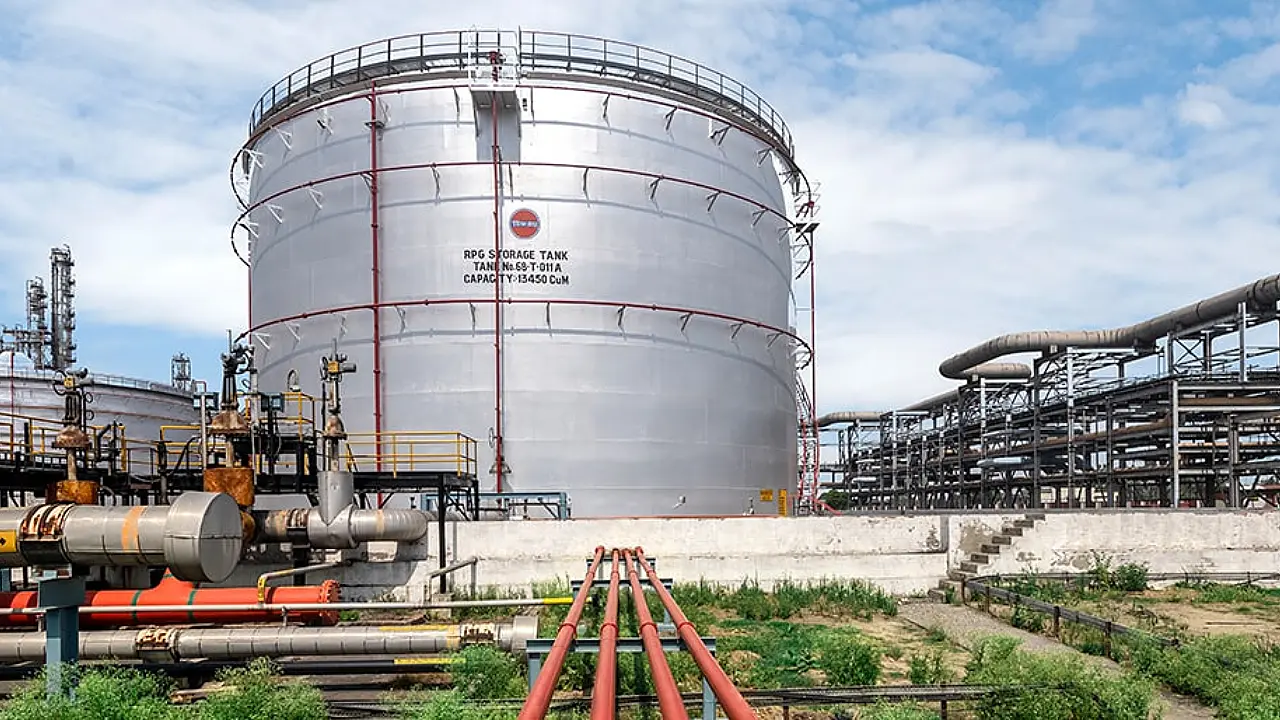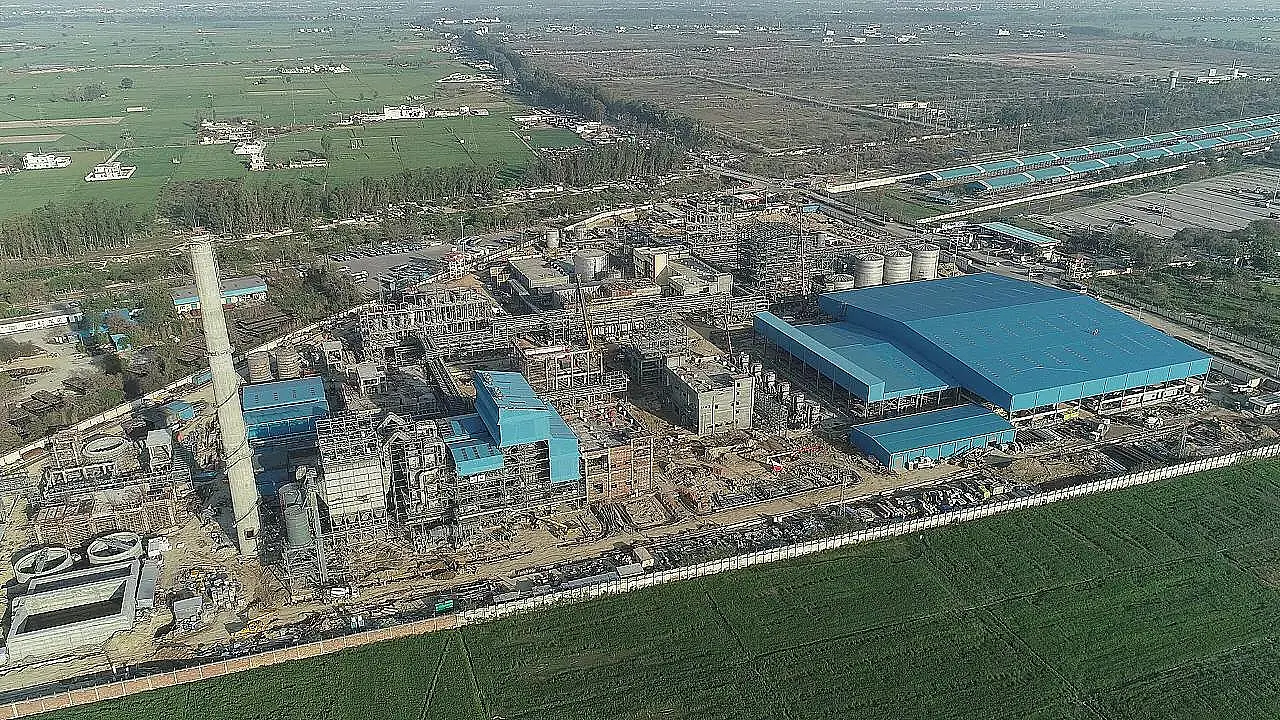
“We see ourselves as hydrogen suppliers. The way we sell oil presently… we will sell hydrogen and that will be our forte,” said Dr S S V Ramakumar, Director (R&D), Indian Oil Corporation.
He told Mobility Outlook it was important for IOC to be prepared for the hydrogen era in India. Beyond a presence in four levers — production, transportation, storage and application — the oil major has two hydrogen dispensing stations: at its R&D facility in Delhi and the Gujarat refinery.
IOC is also working on a pilot project to operate 15 hydrogen buses provided by Tata Motors across Delhi NCR. Dr Ramakumar said the company’s hydrogen dispensing station in Delhi (with four demo dispensing units) will meet this objective. Once a cumulative 20,000 km journey is completed, IOC will submit the report to the Centre on “how hydrogen in mobility will work along with the four important levers”.
As for increasing the number of dispensing units, he said this would depend on demand and the bottomline was that IOC understands the “knowhow of hydrogen mobility and we can quickly replicate our model to other places as well”. The company is not just relying on the electrolytic pathway of green hydrogen production but also biomass and bio-pathways.
Interim Solutions
Dr Ramakumar admitted that adoption of hydrogen mobility on a large scale was still a decade away and, in the interim, ethanol and LNG among others would help in the cause of net zero emissions. IOC plans to set up 25 LNG stations, largely in the south, by the end of next year. Its Chennai gas storage entity has a capacity of 5 million tonnes and LNG stations will come up here with Kerala taking up a lion’s share.
This would help IOC study LNG usage patterns and grow rapidly in the future especially with CV makers such as Tata Motors and Ashok Leyland already operating LNG fleets.
As for ethanol, IOC had already announced setting up of two 1G ethanol plants in Telangana and Andhra Pradesh at INR 600 crore each. It already operates Asia’s first 2G ethanol plant at Panipat with a capacity of 100 kl per day.
According to Dr Ramakumar, the move from 10% to 20% blending would require 1000 crore litres of ethanol by 2025 going by the present rate of petrol. The industry needed to look at external sources of ethanol production.
First generation ethanol is produced from sugar, lipid or starch directly sourced from plants while the second generation is generated from cellulose, hemicellulose, lignin or pectine such as agricultural or forestry waste. The move to the second generation production method will help meet both farmers as well as satiate growing demand.

Enzymatic Hydrolysis
One of the key components for 2G ethanol production is enzymatic hydrolysis which is now being imported. IOC has been working on developing it in-house and scaling production up to 5,000 litres. “We are going to start producing our own enzymes soon and a 10 tonne per day demo unit is coming up at the Panipat refinery,” added Dr Ramakumar.
While IOC has already set up a facility for 2G ethanol production, other PSU oil companies such as Hindustan Petroleum Corporation and Bharat Petroleum Corporation plan to follow suit by end-2025. While IOC joined hands with Praj Industries, it is now working on production of ethanol from industrial and municipal solid waste in collaboration with LanzaTech, a US-based carbon recycling technology company. The two have signed a letter of intent to build the world's first refinery-off gas-to-bioethanol production facility at Panipat for INR 350 crore.
Besides supplying ethanol to two and four-wheelers, IOC and two allies are working on blending 5% ethanol in diesel at its R&D centres. Dr Ramakumar said some fuel injector manufacturers are also part of the study and a study on diesel blending will be released soon.
He added that India was predominantly a dieselised economy with 83 million tonnes used every year on transportation. Any reduction in its consumption would help in lower carbon emissions. With 1,000 crore litres of ethanol estimated to be used by 2025, there could be surplus output which could be exported and also used for diesel blending.
Methanol Blending
IOC is also banking on methanol to reduce diesel emissions on heavy duty vehicles. At present, seven state buses from Bengaluru are being operated on 15% methanol blending (MD15 fuel) developed by IOC, Ashok Leyland, Indian Institute of Science and NITI Aayog.
Since March 2023, these buses have covered 30,000 km cumulatively and a report will be submitted by NITI Ayog to the road transport and petroleum ministries.
IOC is also working on a green combination of fuels and lubricants for heavy duty diesel segments which can increase their fuel efficiency by almost 7%. “We are attempting circularity in lubricants,” said Dr Ramakumar. The company’s Servo brand serves two grades of green lubricants for petrol and diesel vehicles where 25% of recycled lubricating oil waste is used.
Apart from the automotive space, IOC is keen on contributing to lower emissions in aviation too. It announced setting up a 88,000 tonne capacity plant for SAF (sustainable aviation fuel) production using ethanol as the feedstock. In May this year, it supplied SAF for Air Asia’s first flight using the fuel. “We are aware that unless mobility becomes sustainable, net zero emissions cannot be achieved” signed off Dr Ramakumar.
Also Read